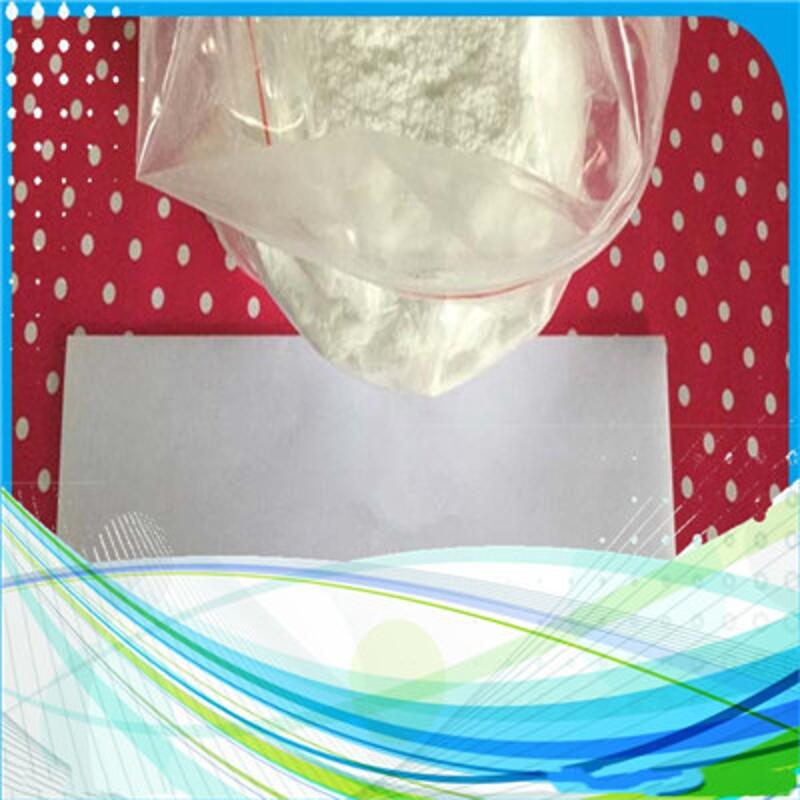-
Categories
-
Pharmaceutical Intermediates
-
Active Pharmaceutical Ingredients
-
Food Additives
- Industrial Coatings
- Agrochemicals
- Dyes and Pigments
- Surfactant
- Flavors and Fragrances
- Chemical Reagents
- Catalyst and Auxiliary
- Natural Products
- Inorganic Chemistry
-
Organic Chemistry
-
Biochemical Engineering
- Analytical Chemistry
-
Cosmetic Ingredient
- Water Treatment Chemical
-
Pharmaceutical Intermediates
Promotion
ECHEMI Mall
Wholesale
Weekly Price
Exhibition
News
-
Trade Service
Plastics industry in the human society to bring convenience to life, production at the same time, leading to a large number of waste plastic waste.
due to its inherent hardness, strength, durability and stability needs, waste plastic products can not be automatically degraded, long-term exposure to the environment caused serious harm.
currently, plastic waste is often disposed of in landfills and incinerations, a one-way process of "production-waste-treatment" that does not conform to the concept of a circular economy and does not solve the problem of "white pollution" at the source.
2004, Richard C. Thompson, a professor at the University of Plymouth in the United Kingdom, and others published an essay in Science proposing the concept of "microplastics".
A large number of non-degradable microplastic fragments (-20 m) are gradually transferred to the soil and ocean in the environment, eventually into the ecosystem and food chain, and are ingested by organisms including humans, threatening human health and the survival of plants and animals, and the development of green biodegradation strategies has become an urgent need in ecological, environmental and other fields.
2016, the Kohei Oda team at Kyoto University of Technology and Fiber in Japan reported on the first IsPETase degradation enzyme that can effectively degrade low-crystalline PET plastics at 30 degrees C, however, the enzyme is not stable enough to meet the practical application needs of biodegradation.
WuBian, a researcher at the Institute of Microbiology of the Chinese Academy of Sciences, proposed a new protein stability calculation design strategy (greedy accumulated strategy for engineering protein, GRAPE) (Figure 1), based on computer protein design, the isPETase has been stability transformation, obtained a robust and significantly enhanced re-design enzyme, providing a new way to broaden the application of biodegradable plastics.
using fusion strategy, using four different single-point prediction algorithms supplemented by structural defect analysis, predicted 85 potentially beneficial mutations.
tests on predicted mutations, 21 beneficial single-point mutations were obtained (≥ 1.5 degrees C).
K-means clustering algorithm, the researchers divided 21 beneficial single-point mutations into three Clusters and iteratively overlayed each Cluster based on the greedy algorithm (Figure 2).
10 iteration overlays, the researchers obtained the IsPETase mutant, named DuraPETase, which increases the melting temperature by 31 degrees Celsius.
under mild conditions, DuraPETase's degradation efficiency of the 30% crystalline PET film was 300 times higher than that of the wild (Figure 3B).
can be seen through a scanning electroscope that significant corrosion changes have occurred in the internal structure of the PET film after DuraPETase treatment (Figure 3D).
researchers analyzed the crystal structure of the DuraPETase protein (Figure 4), verified the synergetic interaction between amino acids in the region of the active bit area of the mutant, and explored the molecular mechanism of the improvement of DuraPETase's performance.
the study realized the complete degradation of 2g/L microplastics under mild conditions, and provided a new treatment idea for the pretreatability of microplastics in wastewater. The advantage of
GRAPE strategy lies in the systematic clustering analysis of beneficial mutants obtained by calculation by using clustering algorithm and greedy algorithm, and then the network iteration overlay combined with greedy algorithm, which greatly avoids the negative synergy between different mutation points and explores the sequence space overlay path to the maximum extent in a short period of time.
this research provides new ideas for computer-aided protein modification and valuable tools for further understanding and advancing polyester hydrolysing in the natural environment.
()







